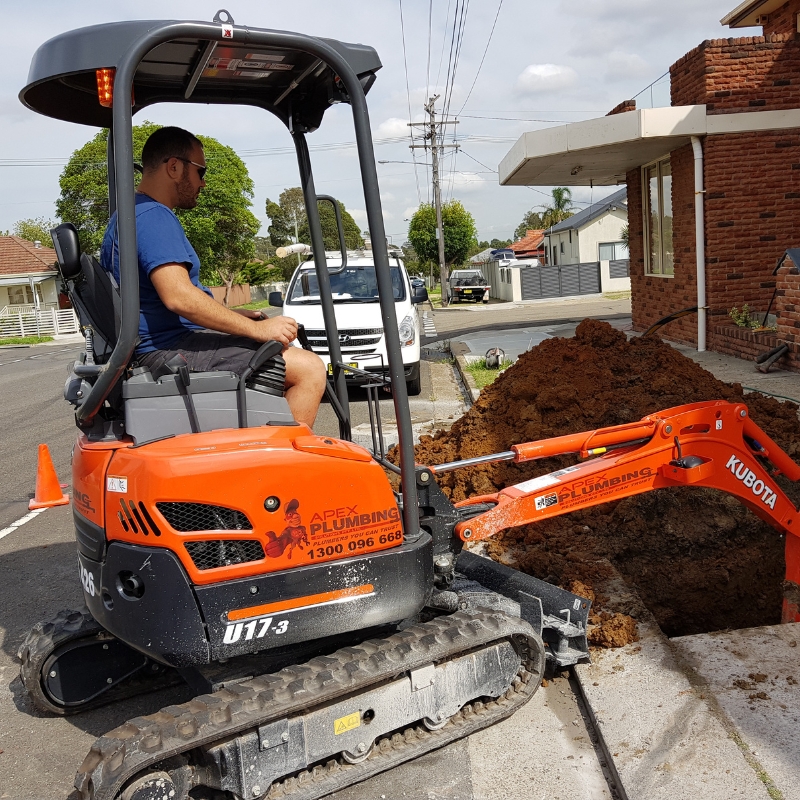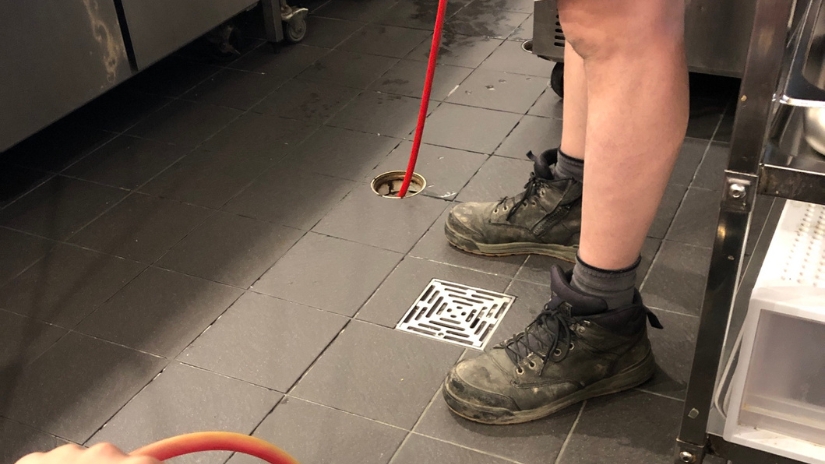Why Choose Our Local Plumber in Darlinghurst for All Your Plumbing Needs?
Finding a reliable and trustworthy local plumber in Darlinghurst can be stressful, especially during an emergency plumbing situation. That’s where our expert Darlinghurst plumbing crew comes in. We’re a local, family-owned business dedicated to providing Darlinghurst residents with exceptional plumbing services at competitive prices.
Dealing with plumbing problems in Darlinghurst, our team of licensed and insured plumbers is proficient in addressing issues such as leaky faucets, clogged drains, and emergency plumbing needs.Realising the immediate nature of plumbing problems, we are devoted to delivering prompt and efficient service 24/7. In Darlinghurst, we stand as the local plumber relied upon for top-notch service and peace of mind.
We take pride in offering our customers:
- Upfront pricing: There are no hidden fees or unforeseen surprises.
- Fast and reliable service: We’re committed to supporting you in your times of greatest need.
- Highly skilled and experienced plumbers: From the initial phase onward, we employ the latest tools and techniques to achieve a flawless outcome.
- Friendly and professional customer service: Our customers are treated with utmost respect and courtesy.
Opt for our Darlinghurst plumbers and decide on a team committed to ensuring your satisfaction. Get in touch today and see the difference for yourself!

















